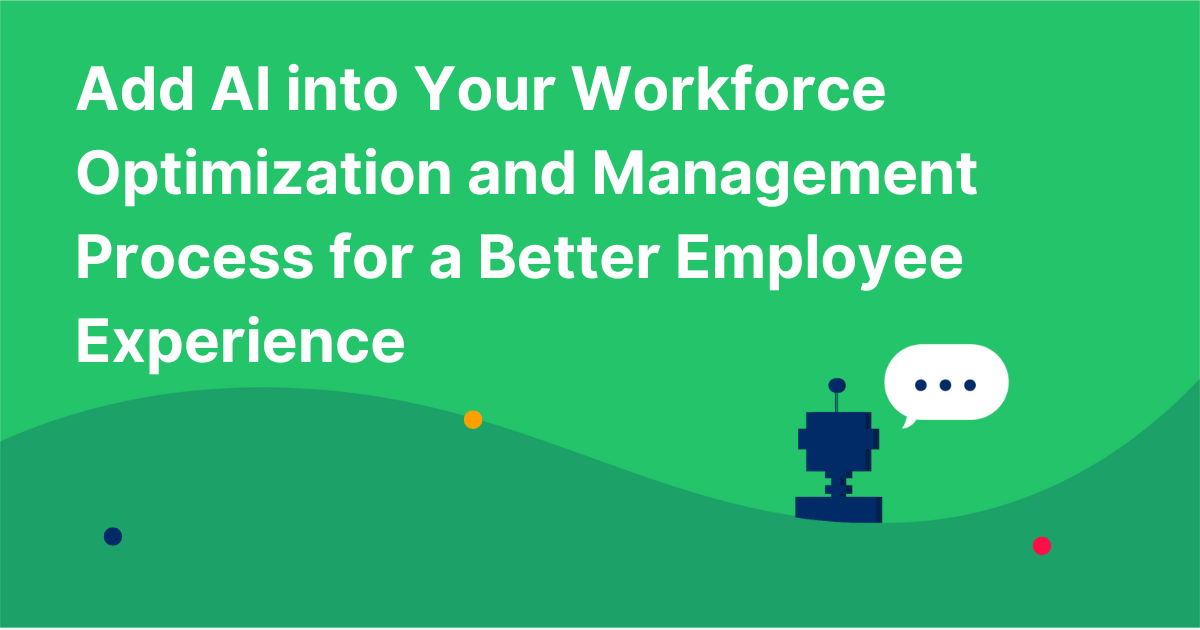Traditional workforce optimization and management processes relying heavily on manual steps are no longer sufficient. As businesses embrace digital transformation and adopt remote work models, the need for a more agile and efficient approach to workforce scheduling becomes paramount. This article explores the importance of workforce optimization and management in enhancing the employee experience and its significant impact on employee retention, customer satisfaction, and overall organizational success. By integrating artificial intelligence (AI) into your workforce optimization strategies, you can unlock a range of benefits that drive operational excellence and employee engagement.
Understanding Workforce Optimization and Management
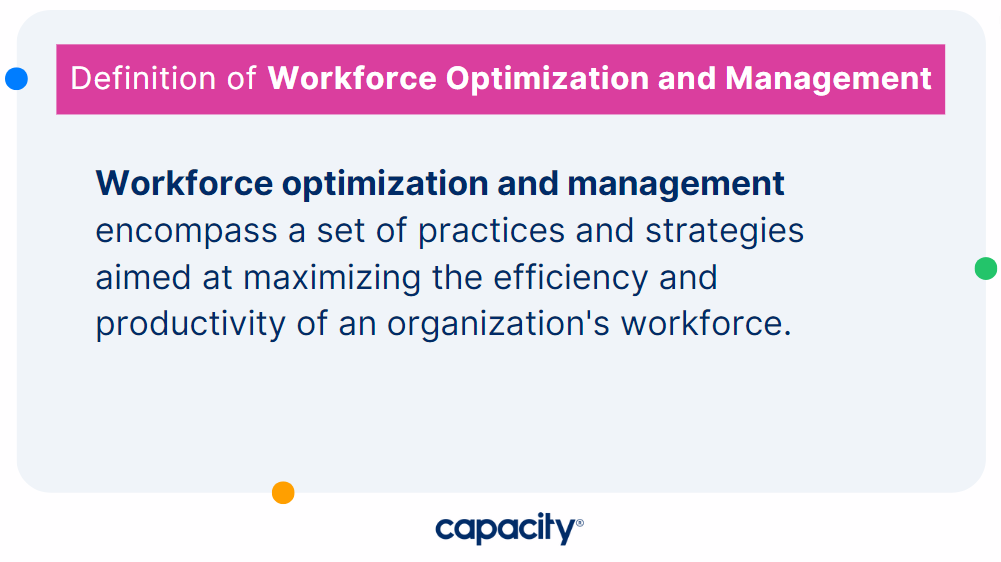
Workforce optimization and management encompass a set of practices and strategies aimed at maximizing the efficiency and productivity of an organization’s workforce. It involves various processes such as forecasting, scheduling, performance management, and employee engagement. These processes traditionally rely on manual intervention and often suffer from inconsistencies and inefficiencies.
The Problem with Traditional Workforce Optimization
Traditional workforce optimization processes are time-consuming, error-prone, and lack the agility required to address the complexities of today’s labor market. Manual scheduling and forecasting methods struggle to adapt to changing workforce dynamics and can result in suboptimal staffing levels, leading to overworked employees or underutilization of resources. This can negatively impact employee morale, customer satisfaction, and ultimately, the organization’s bottom line.
The Benefits of Adding AI into Your Workforce Optimization and Management
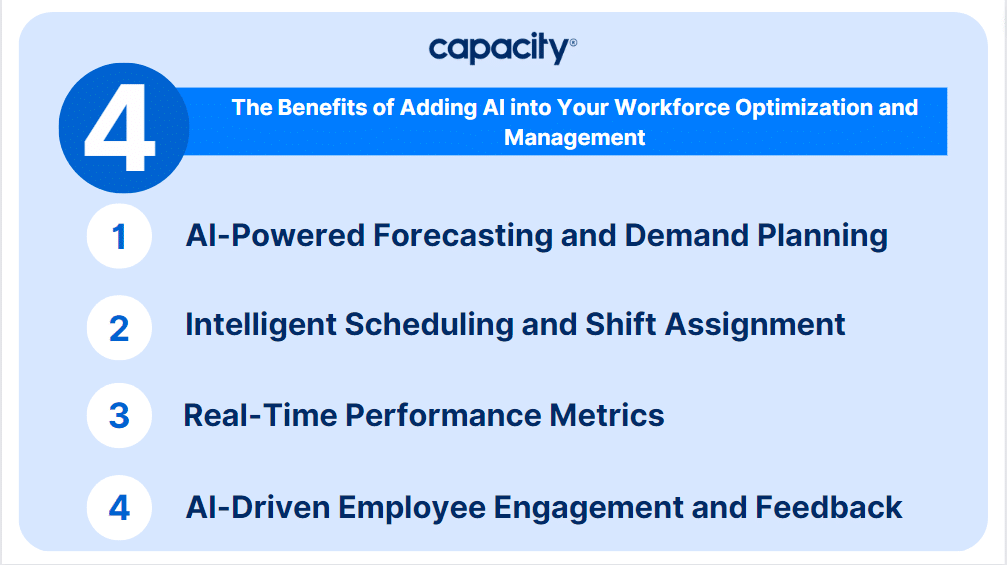
- AI-Powered Forecasting and Demand Planning: AI algorithms can analyze historical data, market trends, and other relevant factors to generate accurate workforce demand forecasts. This enables proactive planning and scheduling to ensure the right number of skilled resources are available when and where they are needed. With AI-powered forecasting, you can optimize staffing levels, reduce costs, and enhance operational efficiency.
- Intelligent Scheduling and Shift Assignment: AI-powered scheduling algorithms can consider various factors such as employee skills, availability, preferences, and workload requirements to create optimized schedules. This improves employee satisfaction, minimizes scheduling conflicts, and ensures efficient resource allocation. By automating the scheduling process, you can save time, reduce errors, and improve workforce productivity.
- Real-Time Performance Metrics: AI-driven analytics can collect and analyze real-time performance data, providing valuable insights into employee productivity, adherence to schedules, and customer service levels. Managers can make data-informed decisions to address performance gaps and optimize workforce utilization. Real-time performance metrics enable timely feedback, coaching, and recognition, fostering a culture of continuous improvement and employee growth.
- AI-Driven Employee Engagement and Feedback: AI technologies can facilitate personalized employee engagement by providing intelligent feedback, recognition, and development opportunities. AI-powered chatbots and virtual assistants can support employees by answering questions, providing guidance, and automating routine tasks, freeing up time for more meaningful work. By leveraging AI-driven employee engagement tools, you can create a positive work environment that enhances employee satisfaction, motivation, and retention.
A Few Ways You Can Use AI in Your Workforce Optimization
When incorporating AI into your workforce optimization process, there are several applications to consider. One such application is AI-powered forecasting and demand planning. By using AI algorithms, tools like Capacity’s AI-powered platform can provide accurate predictions of workforce demand. This is achieved by analyzing historical data, industry trends, and external factors. With these insights, organizations can anticipate fluctuations in demand, plan staffing levels accordingly, and optimize resource allocation.
Another valuable application is intelligent scheduling and shift assignment software. Tools like Shiftboard or Deputy use AI algorithms to create optimized schedules. These schedules take into account employee availability, skills, and workload requirements. By automating the scheduling process and minimizing conflicts, organizations can improve workforce utilization and ensure efficient resource allocation.
Real-time performance monitoring and analytics are also critical in workforce optimization. AI-driven analytics platforms, such as Workday or Kronos, gather real-time performance data from various sources. This enables managers to monitor employee productivity, adherence to schedules, and customer service metrics in real-time. By leveraging these insights, organizations can make data-driven decisions that drive performance improvements and enhance operational efficiency.
Additionally, AI-driven employee engagement platforms play a vital role in enhancing the employee experience. Platforms like TINYpulse or Glint use machine learning algorithms to gather feedback, provide personalized recognition, and deliver relevant development opportunities. These platforms promote employee engagement, foster a positive work culture, and ultimately drive employee satisfaction.
By considering these applications of AI in your workforce optimization process, you can use technology to streamline operations, enhance productivity, and create a better employee experience.
A Few Things to Consider Before Adding AI to Workforce Organization (WFO)
While AI offers tremendous potential for workforce optimization, it’s essential to consider a few factors before implementation:
- Data Quality and Privacy: Ensure that you have access to accurate and reliable data for AI algorithms to generate meaningful insights. Additionally, establish robust data privacy measures to protect employee information and comply with data regulations.
- Change Management: Introducing AI technologies may require organizational change. Prepare your employees for the transition, provide training, and highlight the benefits of AI to gain their buy-in and cooperation.
- Continuous Improvement: AI-powered workforce optimization is an ongoing process. Monitor the performance of AI algorithms, gather feedback from employees, and continuously refine your strategies to ensure optimal outcomes.
Measuring the Effectiveness of Your AI-Driven Workforce Optimization: To measure the effectiveness of your AI-driven workforce optimization efforts, consider the following:
- Employee Satisfaction and Retention: Monitor employee satisfaction levels, retention rates, and feedback to assess the impact of AI on the overall employee experience. Conduct regular surveys and focus groups to gather qualitative data and identify areas for improvement.
- Customer Satisfaction and Service Levels: Track customer satisfaction metrics, such as Net Promoter Score (NPS) or customer feedback, to evaluate the impact of AI-powered workforce optimization on service quality and customer experience.
- Operational Efficiency: Measure key performance indicators (KPIs) related to workforce utilization, cost reduction, and productivity improvements. Compare pre-AI and post-AI implementation metrics to quantify the benefits achieved.
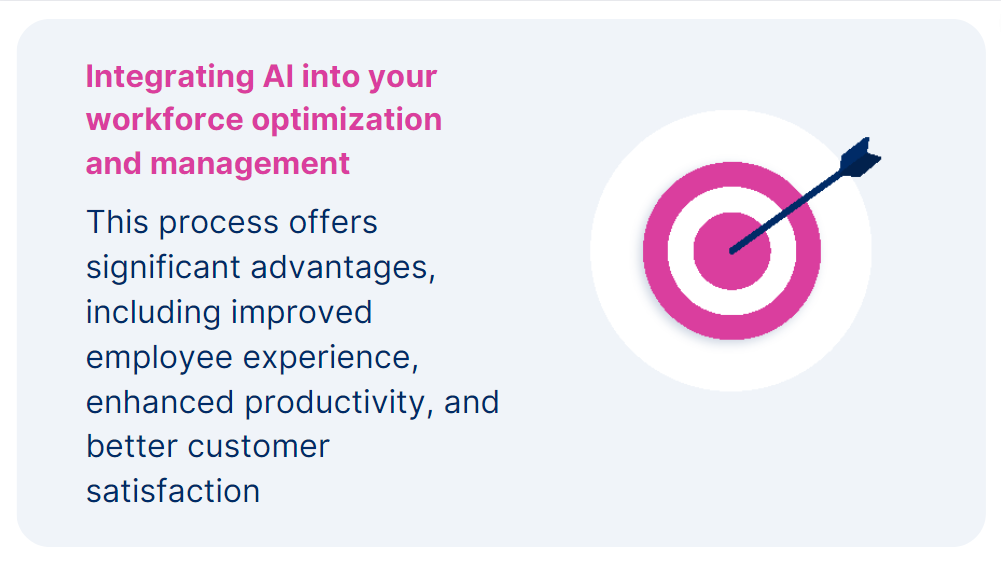
Integrating AI into your workforce optimization and management process offers significant advantages, including improved employee experience, enhanced productivity, and better customer satisfaction. By leveraging AI-powered forecasting, intelligent scheduling, real-time performance metrics, and employee engagement tools, organizations can achieve operational excellence while nurturing a positive work environment. As you embark on your AI-driven workforce optimization journey, consider the unique needs of your organization and align the technology with your strategic goals. With the right approach, AI can revolutionize your workforce management, propelling your business to new heights of success. Try Capacity for free now!
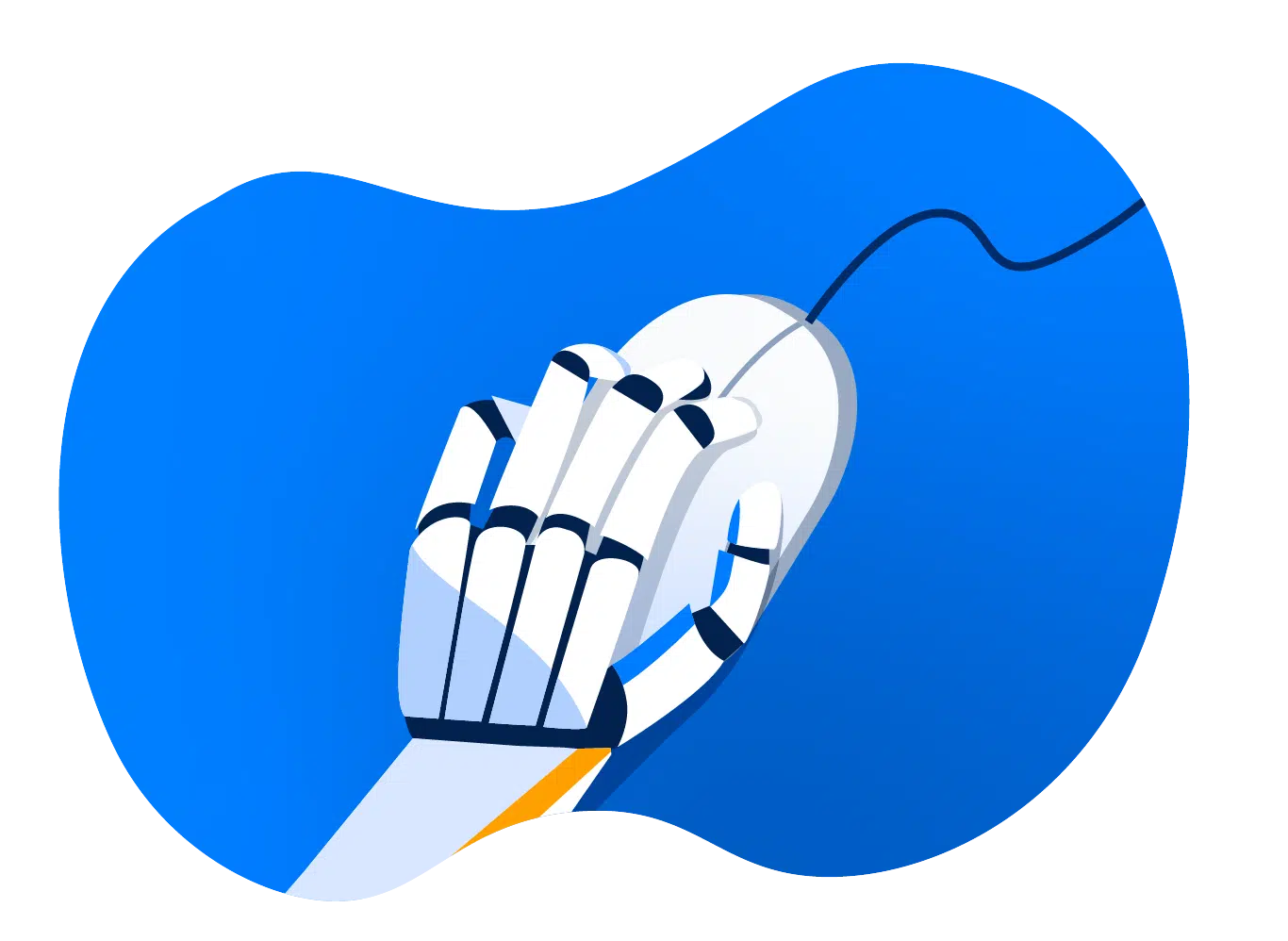
Automate Your Work
Capacity’s enterprise AI chatbot can help:
- Answer FAQs anytime, anywhere
- Find relevant documents within seconds
- Give surveys and collect feedback











































